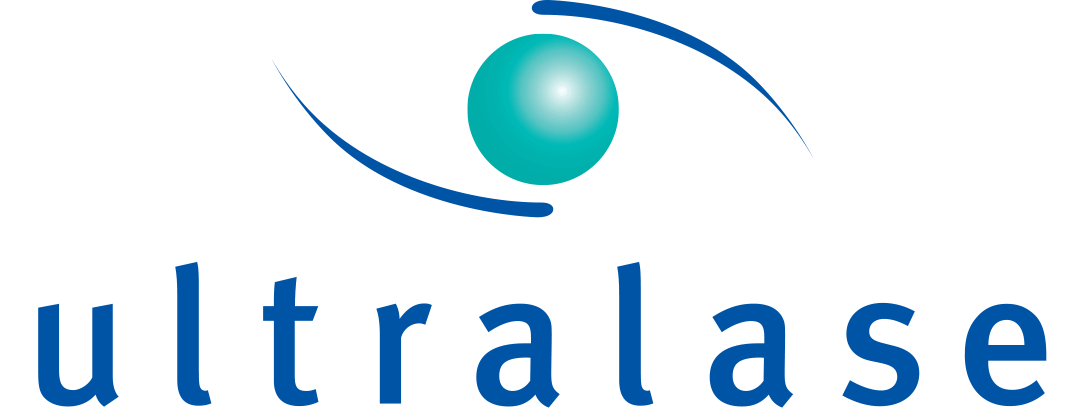What is a Chalazion?
29 July 2019

A chalazia is a Greek word which literally means small lump.
A chalazion is the medical term for a lump or cyst on or under the eyelid. They are extremely common and occur when an oil gland becomes blocked and inflamed.
These annoying little bumps are made up of fatty secretions called lipids and are firm and round to the touch. Although they most commonly appear on the upper lid, it’s not unheard of for a chalazion to show up on the lower lid.
Chalazions and styes are often confused because of their similar appearance; however they are not the same. The key difference between a stye and a chalazion lies in the cause. Styes are generally caused by an infected eyelash root and appear on the very edge of the eye lid. A chalazion on the other hand is not infectious and will appear further back on the eyelid.
Another major difference is that styes are very painful, while chalazions are larger in size but pain free.
Most outbreaks will heal without the need for attention. For persistent chalazions, there are various treatments available. Keep reading to find out more.
What causes chalazions?
It can be tricky to pinpoint a specific cause when a chalazion appears. The good news is that they aren’t cause for concern and often go away on their own.
It has been said, that people with inflammatory conditions that affect the meibomian glands such as acne, rosacea or blepharitis are more likely to suffer with chalazions.
Other risk factors, although rare, include:
- Viral infections
- Tuberculosis
- Skin cancer
- Diabetes
What are the symptoms of a chalazion?
Chalazions appear as painless red lumps on the upper or lower eyelid. Very large chalazions may disrupt vision slightly, but this is temporary and the blurring will disappear along with the lump.
Common symptoms include:
- Eyelid swelling or lump
- Eyelid tenderness
- Red, watering or sore eye
- Heaviness of the eyelid
Is there treatment for a chalazion?
Chalazions will generally clear up on their own within a matter of weeks. On the rare occasion, a chalazion becomes infected it may develop into a stye. Treatment for both conditions is pretty similar.
A daily eye-cleansing routine will help keep chalazions at bay and prevent blockages occurring within the oil glands. We advise that you also avoid wearing contact lenses and eye make-up when chalazions and styes are active; this can lead to further irritation.
Warm compresses are commonly applied to chalazions, which are easily done from the comfort of your own home. First soak a clean washcloth in hot water. Press it on the affected eyelid for 10-15 minutes and repeat 3 times a day.
This will soften and unclog the oil glands and you should notice an improvement fairly quickly. See an optometrist if the chalazion does not respond to home treatment.
If a chalazion becomes infected, antibiotics can be prescribed by your doctor. Take these exactly as directed to ensure that the infection is completely destroyed.
If all else fails, surgery to drain the area may be required. This is usually performed in the doctor’s surgery using local anaesthetic. It’s a fairly minor procedure whereby patients can go straight home after it has been carried out.
In the case of recurring chalazions, your ophthalmologist may choose to carry out a biopsy on it. In this case, a tiny piece of tissue will be removed and analysed to test if there is a more serious eye problem causing the occurrences.
Back to Blog

